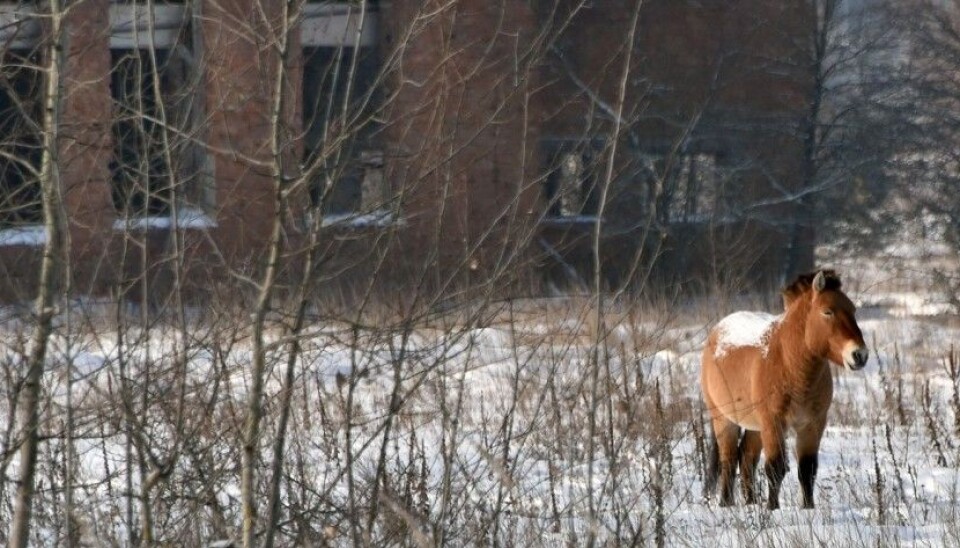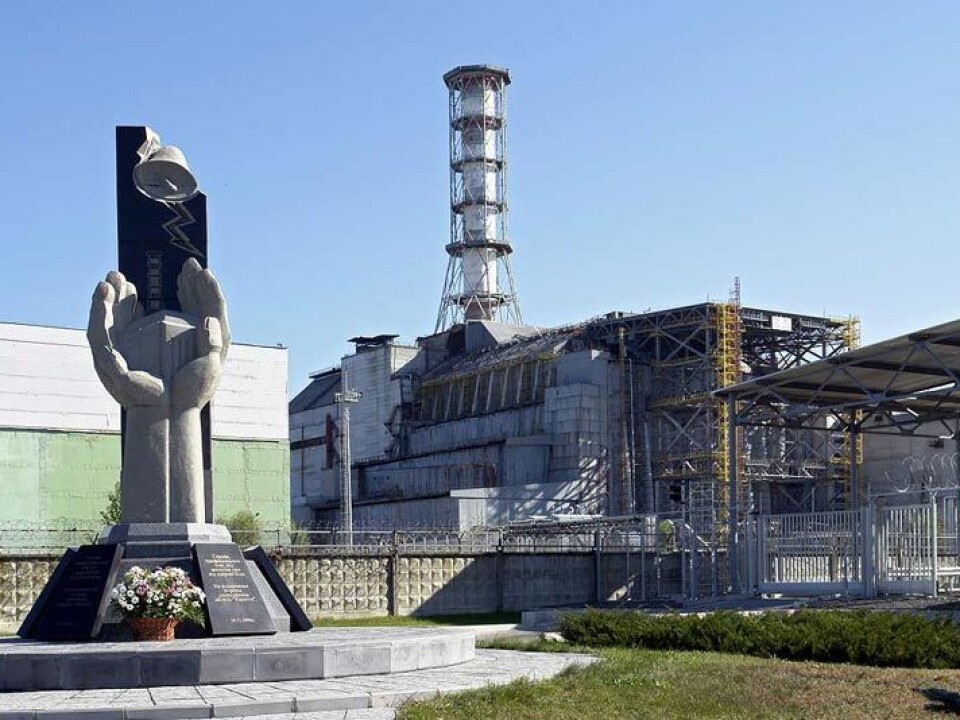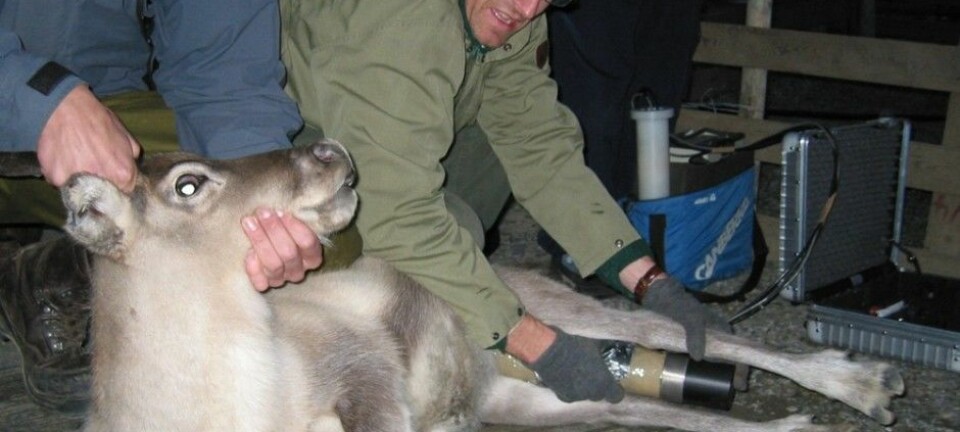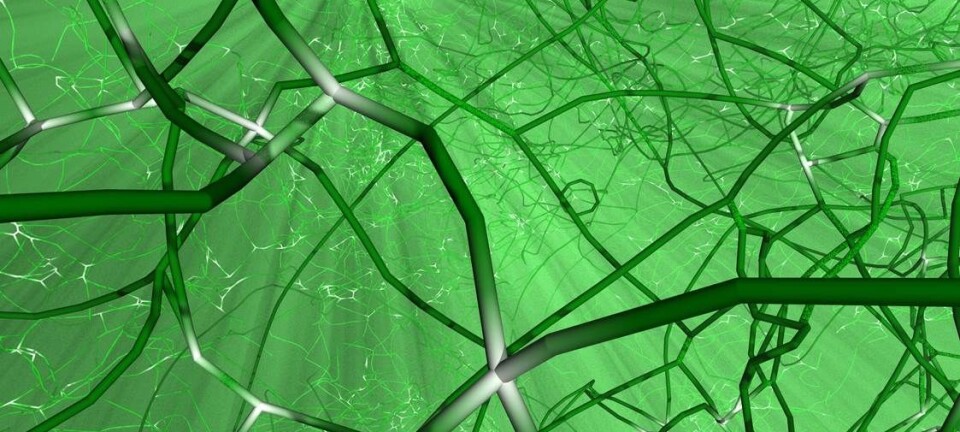
Can animals and plants tolerate more radioactivity than us?
Animals are thriving in Chernobyl's radioactive habitat. Are they better able to withstand radiation than humans?
Thirty years ago on April 26, Reactor 4 at the Chernobyl Nuclear Power Plant in Pripyat, Ukraine, blew up. This enormous nuclear accident exposed humans and the environment to huge doses of radiation and radioactive fallout that spread across Russia and Europe after the reactor exploded.
A 2,600 km2 area around the power plant called the Exclusion Zone was closed off to people after the accident because of the high radiation levels. Over the years, this area has become a kind of nature reserve, where wild animals live mostly undisturbed, and hunting and development are prohibited.
But how are these animals able to survive in this highly radioactive area?
Probably no difference
Radioactivity damages cells in humans and other mammals by affecting our genetic material, DNA.

Our genetic material actually gets damaged all the time, but the body has mechanisms that can repair the broken DNA.
But sometimes this damage happens faster than the body can repair it, and at its worst can cause uncontrolled cell division, better known as cancer.
But is there any difference between humans and other mammals when it comes to radiation and damage to genetic material?
“No,” says Justin Brown a senior researcher at the Norwegian Radiation Protection Authority. “There might not be any difference at all. When it comes to radiation, mammals, whether humans or roe deer, are quite similar.”
“Creatures such as crabs and molluscs are actually better at withstanding radiation than mammals,” he says. “We're not quite sure why that's the case, but it may be that they are just simpler organisms.”
Constant exposure to radiation
People, plants and animals are always exposed to some radiation. It comes from the ground beneath us and the space above us. Humans also carry tiny amounts of radioactive isotopes inside their bodies.
Our bodies are adapted to this radiation, and our cells can handle it. But radiation from nuclear accidents exposes us to higher levels of radiation than our bodies are adapted to.
Immediately after a major accident such as the explosion at Chernobyl, large amounts of radiation are released around the reactor. This radiation is so strong that animals, plants and people can get acute radiation poisoning.
In this case, irradiation of cells causes substantial damage to DNA and other cell structures. This happens to all living organisms that are close to a powerful radiation source.
“In the early days after the accident there was severe damage to the natural environment around Chernobyl. Large areas of forest died and many animals received radiation injuries, including grazing cows,” says Brown.
The forest around Chernobyl came to be called the red woods because all the pines turned brownish red after they died in droves.
Around 30 people died in the first months after the accident because of extremely high radiation doses. Some media reports say that roughly 100 firefighters were exposed to life-threatening doses of radiation without being aware of their exposure.
Radioactive fallout
The areas around Chernobyl and Fukushima in Japan are also contaminated by radioactive isotopes that will take decades if not centuries to decay.
This fallout can be spread over large distances. Traces from the fallout from the Chernobyl disaster are still detectable in the Norwegian environment. While this fallout is radioactive, the levels are much lower than in acute situations.
Radioactive isotopes are taken up by plants and animals and can spread through the food chain, which is what happened to fish in Japan in the years following the 2011 Fukushima Daiichi nuclear disaster. The Norwegian Radiation Protection Authority also monitors grazing animals in Norway for elevated levels of radiation because of the Chernobyl accident.
If you are exposed to radiation that is slightly elevated over normal levels for a long period you can theoretically develop cancer. Radiation damage occurs slowly.
But are animals around Chernobyl getting cancer, 30 years after the accident?
“It's very rare that we see cancer in wild animals, regardless of radiation levels,” Brown says.
“Humans tend to develop cancer as they grow old, and animals die of other causes before they're old enough to develop cancer. They live in an environment that is characterized by fierce competition for survival.”
-------------------------------------
Read the Norwegian version of this article at forskning.no

































